Ergebnisse
The 2018 remote sensing campaign achieved two important results.
First, it proved that a low-cost, photogrammetric approach to remote sensing need not be limited to single objects or small sites, but can also be applied across vast landscapes. Due to the sparse vegetation of the Mongolian steppe, airborne photogrammetric modelling is a cost-effective and relatively easy-to-use survey method. In this case, almost 50 km² were mapped within only eight days of intensive work.
Secondly, already the preliminary results have increased our knowledge about Karabalgasun. Despite some uncertainties in data quality, there is finally, almost 130 years after the first site measurements, a complete, high-resolution plan of the city's remains. According to an initial review of the new plan, Karabalgasun can be described as a nomadic type of urban settlement. The city had the shape of a segment of a circle with its convex side facing west and its flat side facing east. The so-called temple and palace complex or "imperial city" is located in the centre of the straight eastern boundary. This is a genuinely nomadic urban layout that resembles a ruler's field camp.
This knowledge will contribute significantly to the debate on urbanism in nomadic settings. The new city plan now allows a detailed analysis of the general layout and the individual components of the city. Research on the organisation and use of urban space can now be advanced with a solid data base.
Also in 2018, the team collected data in Karakorum and the adjacent monastery of Erdene Zuu. In addition to mapping the medieval city deserts, a high-resolution 3D model was also created of the Erdene Zuu site by combining video and photogrammetry. The model can be used for teaching purposes in the future and documents the current state in great detail.
In the 2019 campaign, additional areas around Karabalgasun were mapped using the methods described above. In addition, data collection in Karakorum was supplemented in order to achieve complete results here as well.

